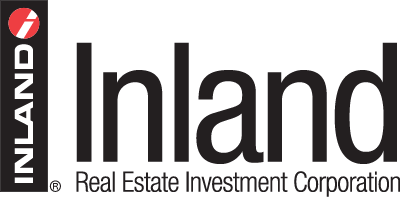The Delaware statutory trust (DST) market has experienced significant growth in recent years, and 2022 is projected to reach a record-breaking $10 billion capital raise.1 The DST continues to garner increasing attention as a 1031 exchange replacement property option due to potential investor benefits, including tax deferral, no management responsibilities, access to institutional-grade properties, and portfolio diversification.
But as more sponsors enter this market, investors should thoroughly review investment offerings to understand how cash flow is being generated. Be on the lookout for these five controversial cash flow strategies when assessing DST offerings for your 1031 exchange.
- Using reserves to supplement cash flow – This is a common method to artificially inflate cash flow, where a DST sponsor returns an investor’s principal to make cash flow look better. Using reserves to supplement cash flow could jeopardize a DST’s value, hold period, and overall return.
- Aggressive assumptions – Every DST sponsor has its own internal standard for due diligence. One thing to look for is aggressive assumptions of future NOI (net operating income) growth, tenant quality, historical inflation, lease terms, and overall projected performance. If actual results do not equal the aggressive assumptions used by the DST sponsor, investors may experience a loss of income and principal.
- Purchasing low-quality assets – In DSTs, higher cash flow might represent higher risk. Buying low-quality assets in unattractive markets may result in a higher cash flow in the short term. However, the investor assumes a risk that may not be worth the reward if the underlying asset becomes a concern. It is important to remember that in real estate, the time-tested rule of thumb is location, location, location!
- Underfunding property reserves – A lesson learned from the 2008 financial crisis is that DST investments need a significant rainy-day fund. In addition to budgeted property maintenance, a property may experience the need for last-minute repairs or structural upgrades. Larger reserve accounts equate to a reduced cash flow but could also lead to a more secure investment. Remember, even funds in a reserve account ultimately belong to investors.
- Prepaying or reserving for normal expenses – Examples of prepayments include property taxes, insurance, mortgage interest, and lender reserves. These prepayments are easy to spot in a DST’s projections. Look at each one-year expense category to check for amounts that are zero or dramatically less than earlier years.
The DST remains an attractive option for investment property owners using a 1031 exchange. Yet, in an active market where less-experienced sponsors are introducing new offerings, you want to ensure you understand how cash flows are generated. A stable 3.5% cash flow may upstage an artificially engineered 5%, resulting in a healthier outcome in the long run.
1 Based on 1031 DST/TIC Market Equity Update by Mountain Dell Consulting as of September 15, 2022.

